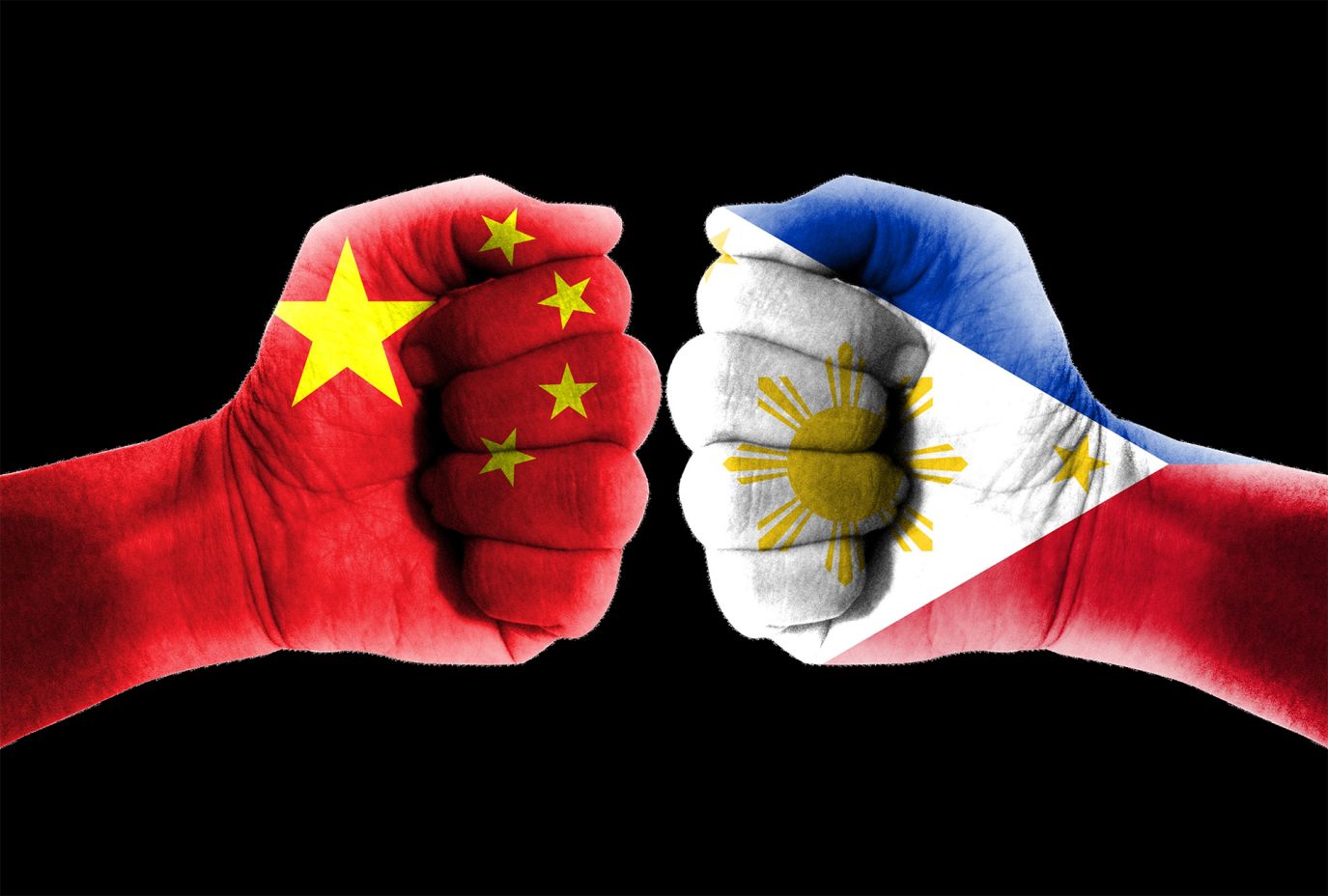
Amid escalating China-Philippines tensions in the South China Sea (SCS), regional concerns that rising SCS tensions could trigger a US-China military conflict are growing. Pamir assesses that although the probability of a military conflict remains low, persistent tensions may increase the risks of maritime miscalculations and mishaps.
On 23 March, two China Coast Guard (CCG) ships fired water cannons against a Philippine ship attempting to resupply the grounded Philippine naval ship in the disputed Second Thomas Shoal (STS). Three Philippine soldiers were injured in the incident. This was the second time in less than a month that Philippine personnel were injured by water cannons from CCG ships.
Beijing and Manila have exchanged diplomatic protests over the incident. China said the purpose of the Philippine resupply mission is to turn the grounded ship into a permanent Philippine outpost.
- China’s Defense Ministry stated: “If the Philippines repeatedly challenges China’s bottom line, China will continue to take firm and decisive measures to firmly safeguard its territorial sovereignty and maritime rights and interests.”
Philippine President Ferdinand Marcos vowed to implement a robust response and signaled a firm stance against Chinese aggression.
- On 28 March, President Marcos tweeted, “Over the succeeding weeks there shall be, implemented by relevant national government agencies and instrumentalities, a response and countermeasures package that is proportionate, deliberate, and reasonable in the face of the open, unabating, and illegal, coercive, aggressive, and dangerous attacks by agents of the China Coast Guard and the Maritime Militia… Filipinos do not yield.”
In response, the Chinese Defense Ministry stated: “We are fully prepared for any contingencies and will resolutely safeguard China’s territorial sovereignty and maritime rights and interests.”
The US State Department denounced the Chinese action and on 27 March, US Secretary of Defense Lloyd Austin spoke with his Philippine counterpart at which time he reiterated US commitment to its joint defense treaty with the Philippines.
- In the 10 April White House press briefing previewing the 11 April US-Japan-Philippines trilateral summit, senior US officials confirmed that the current situation in the South China Sea will be a subject of conversation among the three leaders.
- One of the senior US officials at the briefing further stated that President Biden’s “commitment to the Philippines and to President Marcos on South China Sea issues has been quite clear. He has repeated many times that the U.S.-Philippines mutual defense treaty applies to the South China Sea, including Philippines’ vessels that may be underway there, including its coast guard vessels.”
The Chinese Defense Ministry has criticized US “interference” in the dispute between China and the Philippines.
- The Chinese Defense Ministry, in its response to President Marcos’ tweet, stated: “There is no bigger factor than US interference in causing turbulence in the South China Sea…. For some time, in disregard of the facts, the US has provoked confrontation, backed the Philippines, and threatened and exerted pressure on China…. China’s position towards this [situation] is clear: the US is in no position to interfere and the military cooperation between the US and the Philippines must not harm China’s sovereignty and maritime rights and interests.”
Southeast Asian analysts fear that China-Philippines tensions are now more likely than the Taiwan issue to escalate into a military conflict with China that could involve the US and its allies.
- The EU also urged all sides after the recent 23 March incident to “exercise restraint.”
China’s 5G influence in developing economies
China’s Belt and Road Initiative and its digital counterpart, the Digital Silk Road, threaten to displace US telecom and tech companies in developing economies in Africa, Latin America and the Middle East. How can US operators and network providers stand up to the challenge?